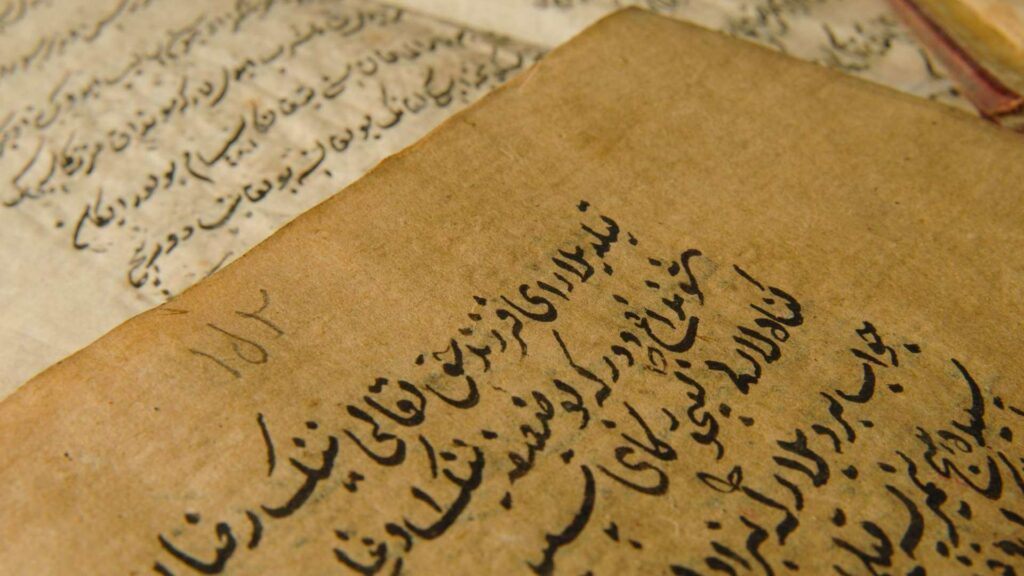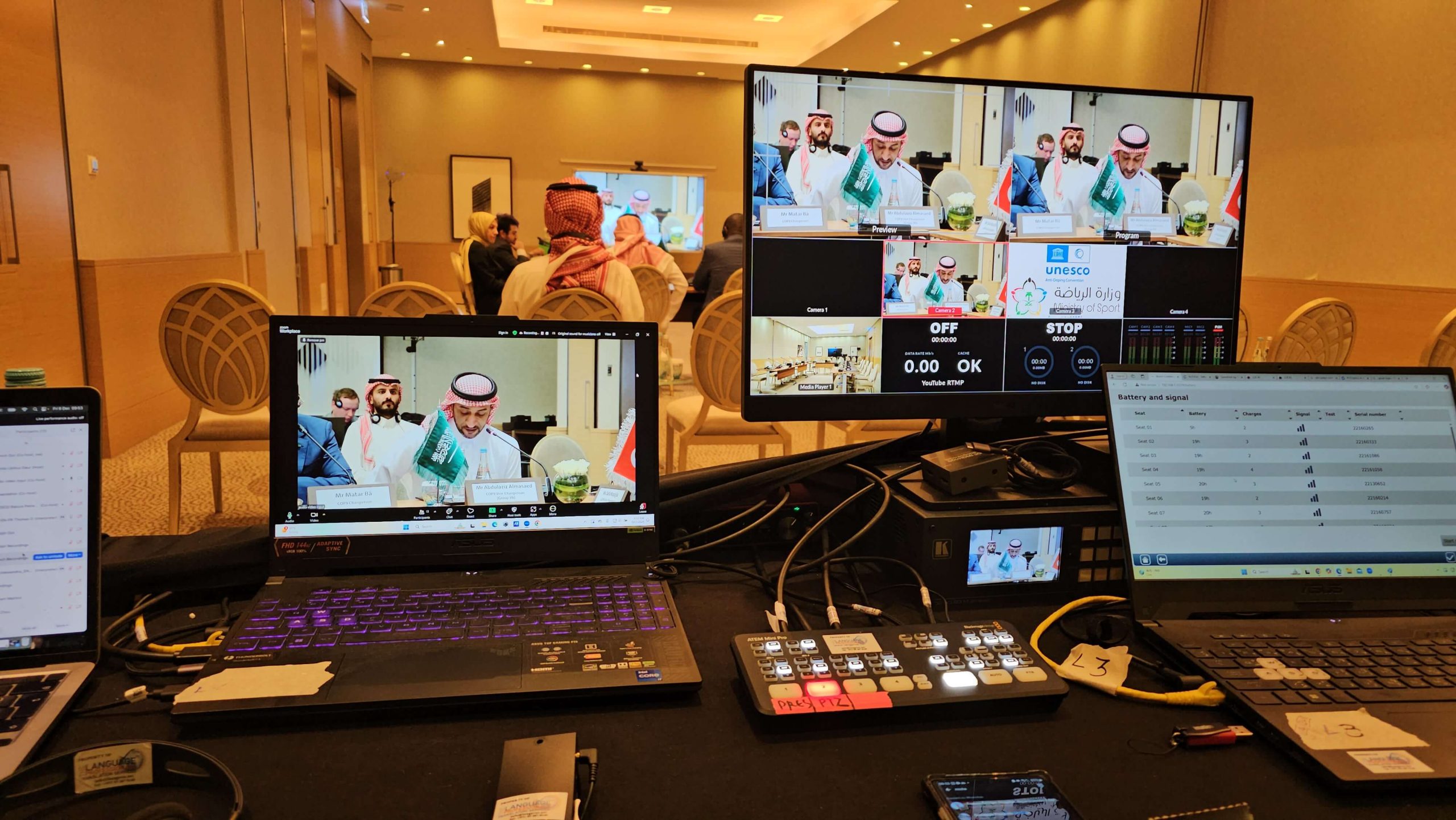
Translation is more than just converting words from one language to another—especially when the language in question is Arabic, written in a right-to-left (RTL) script. Arabic is one of the world’s most widely spoken languages, with over 420 million speakers across the Middle East, North Africa, and beyond. While it offers a gateway to a massive audience, translating Arabic presents unique challenges that require cultural sensitivity, technical expertise, and attention to detail.
Undderstanding the RTL Difference
Unlike English and other left-to-right (LTR) languages, Arabic’s RTL structure affects everything from sentence flow to design elements. Translators must adjust layouts, text alignment, and even icons to accommodate this mirrored format. For example, a website in Arabic must have navigation menus, buttons, and interactive elements positioned appropriately to align with cultural expectations and usability standards.
The Art of Linguistic Precision
Arabic’s linguistic complexity adds another layer of challenge. The language includes multiple dialects—Modern Standard Arabic (MSA) is typically used for formal communication, while regional variations dominate everyday speech. Translators must determine which version aligns with the target audience’s expectations. Additionally, Arabic’s rich grammar and unique script require careful attention to details such as verb conjugations, noun genders, and contextual nuances.
Cultural Sensitivity: The Key to Success
Cultural relevance is critical when translating into Arabic. Colors, symbols, and imagery can hold different meanings across cultures, and idiomatic expressions often require adaptation rather than direct translation. For example, the color red might symbolize danger in some Arabic-speaking countries but may carry different connotations elsewhere. Similarly, humor and idioms must be localized to ensure they resonate with the target audience.
Navigating Layout and Design
Translating Arabic doesn’t stop with the words; it extends to design. The RTL layout affects everything from typography to user interface (UI) elements. Designers must mirror layouts, adjust text alignment, and ensure that graphics, buttons, and icons are appropriately placed. Additionally, bi-directional content—like a mix of Arabic text with English numbers or names—can create formatting challenges that require special attention.
Technology to the Rescue
Modern tools and technologies play a significant role in addressing these challenges. Translation Management Systems (TMS) and Computer-Assisted Translation (CAT) tools equipped for RTL languages streamline the process, offering features like bidirectional text support and automated alignment adjustments. However, human expertise remains essential for quality assurance, as machines can struggle with contextual subtleties and cultural nuances.
Practical Tips for Translating Arabic
- Understand the Audience: Identify the region and cultural background of your target audience to choose the appropriate dialect and tone.
- Leverage Technology Wisely: Use tools designed for RTL languages to improve efficiency but always incorporate human review for quality assurance.
- Test, Test, Test: Conduct rigorous testing of layouts, especially for digital content like websites and apps, to ensure everything appears as intended across devices.
- Collaborate with Experts: Work with native Arabic speakers who understand both the language and its cultural context.
- Focus on Visuals: Ensure that visuals, symbols, and designs align with Arabic cultural norms and mirror properly in RTL formats.
The Future of Arabic Translation
As globalization accelerates, demand for Arabic translation continues to grow, particularly in sectors like e-commerce, education, and technology. Innovations in AI and machine learning offer exciting possibilities for tackling the complexities of Arabic translation, but the need for cultural and linguistic expertise ensures that human translators will remain indispensable.
By embracing these challenges and leveraging both technology and human insight, businesses can navigate the complexities of Arabic translation to connect with a thriving, diverse audience. With a strategic approach, unlocking the potential of this vibrant language becomes not just achievable, but rewarding.
Would you like help localizing your content for Arabic-speaking audiences? Contact Langpros for tailored solutions!





